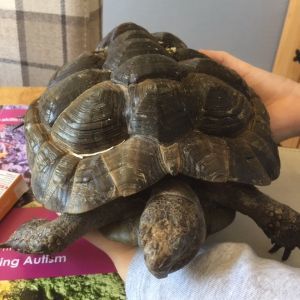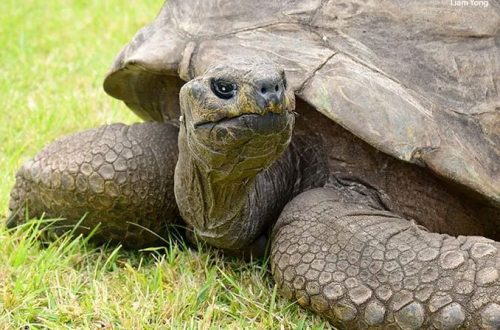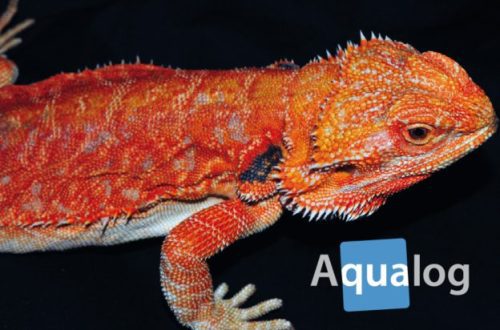
Rickets in turtles: symptoms and prevention
With improper maintenance and feeding of turtles in captivity, animals can develop a disease such as rickets. What kind of disease it is, how it manifests itself and how to prevent it, says veterinarian and co-founder of the reptile nursery Lyudmila Ganina.
Rickets is a very serious disease. It not only changes the appearance of the turtle, but also leads to a change in the shape of the bones of the limbs, irreversible changes in the shape of the beak, which prevents the animal from eating normally. In severe cases, rickets can lead to the death of the animal.
Normally, in healthy turtles, the process of calcification of the bone shell ends by the year. But if the rules of keeping are not followed and if the turtle has the wrong diet, a picture of osteomalacia (insufficient bone mineralization, reduced bone strength) may develop.
In young animals, osteomalacia is more pronounced. The shell becomes as if “small” to the turtle. The marginal shields begin to fold upward (this is called the “saddle” shape of the shell. The shell becomes soft.
In adult animals, a dip is formed in the back of the carapace. In this place, large pelvic muscles are attached, the soft shell does not withstand muscle pressure and is deformed. The bones of the bridge between the plastron and the carapace are more spongy, so they grow. Accordingly, the distance between the plastron and the carapace increases.
The shell, especially the plastron, becomes soft when pressed.
In adult turtles, the shell may remain hard, but becomes light and plastic-like.
With advanced rickets, the shape of the beak changes. The jaws are flattened, the upper jaw is shortened, which leads to the displacement of the nostrils. The beak begins to resemble a duck in shape. With such a beak, the turtle can no longer eat the roughage it needs.
With the advanced stage of rickets, serious changes occur not only in the skeletal system. Serious systemic disorders occur, such as a drop in blood clotting, an increase in vascular permeability, which can lead to diffuse bleeding, edema, limb paresis, acute heart failure, etc.
In aquatic turtles, a tremor of the hind legs occurs, in land turtles – paresis (neurological syndrome).
All these troubles can be easily avoided by providing the turtle with proper maintenance and feeding.
The pet’s terrarium must be provided with an ultraviolet lamp.
For land turtles, the index should be at least 10, for aquatic turtles – 5.
In addition to the ultraviolet lamp, there must be a lamp for heating (basking).
The diet of a herbivorous turtle must necessarily contain dark green greens and calcium-mineral supplements for reptiles.
A water turtle cannot be fed with fish fillets, the fish must be with bones. Or the turtle needs to be fed with a special balanced industrial feed.
You should always have the contact of a veterinarian who specializes in turtles on hand. If something worries you in the behavior or appearance of the turtle, if you have questions about care and maintenance, it is better to immediately ask them to a specialist.





